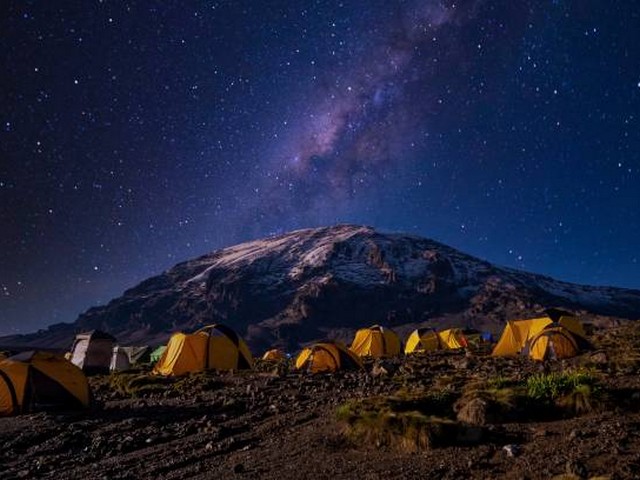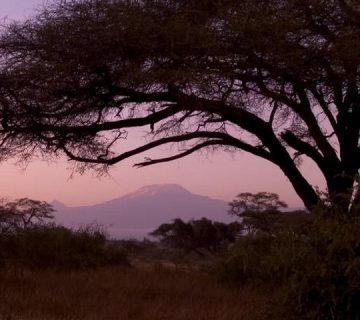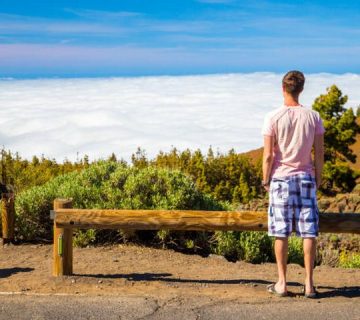What To Do In Case Of Emergency On Kilimanjaro
The mighty Mount Kilimanjaro, standing tall at 5,895 meters, is not just Africa’s highest peak but also a symbol of adventure and personal accomplishment. Each year, thousands of trekkers set out to conquer its summit, driven by the spirit of exploration and the thrill of reaching the top of this majestic mountain. However, amidst the excitement and anticipation lies the critical importance of safety. Understanding what to do in case of an emergency on Kilimanjaro can make the difference between a successful adventure and a perilous ordeal. Here at the Kilimanjaro Centre for Trekking and Ecotourism (KCTE), your safety is our priority, and we are here to guide you through preparing for and handling emergencies with confidence and care.
Preparing For Your Kilimanjaro Adventure: Safety First
Know Before You Go
Before even setting foot on Kilimanjaro, preparation is key. Ensure you are physically and mentally prepared for the challenges ahead. This includes proper training, securing travel insurance that covers high-altitude trekking, and understanding the symptoms of altitude sickness. A thorough medical check-up is a must, particularly assessing heart health and respiratory function.
Choosing the Right Guide
Partnering with an experienced and reputable tour operator is crucial. At KCTE, our guides are trained in emergency first aid and equipped with the necessary gear and communication tools to handle any situation. They are not only familiar with the geographical landscape of Kilimanjaro but also adept at managing emergencies with professionalism and calm.
On The Mountain: Steps To Take In An Emergency
Immediate Steps
- Stay Calm and Assess the Situation: Panic can exacerbate the situation. Assess the urgency and type of medical attention required.
- Inform Your Guide Immediately: Always communicate any discomfort or illness to your guide right away. They are trained to assess symptoms and take appropriate action.
- Use Emergency Equipment: Be familiar with the location and use of the emergency equipment that your guide carries, such as oxygen tanks and first aid kits.
Dealing with Altitude Sickness
Altitude sickness is a common challenge on Kilimanjaro. Symptoms can range from mild headaches and dizziness to severe acute mountain sickness (AMS). If symptoms appear, it is critical to inform your guide, who can administer first aid, assess whether to continue ascending, or initiate an immediate descent to a lower altitude.
Evacuation Procedures
In situations where evacuation is necessary, such as severe injury or illness, KCTE has protocols in place. We coordinate with Kilimanjaro National Park services for helicopter evacuations where necessary and ensure that you are transported to the nearest medical facility swiftly.
After The Emergency: Post-Trek Recovery
Support and Follow-Up
After an emergency, the journey isn’t over once you’re off the mountain. KCTE supports you through recovery, providing assistance with hospital arrangements if needed and help with insurance claim paperwork. Our post-trek support ensures you are not alone, helping you recover physically and mentally from the ordeal.
Learning and Feedback
We encourage trekkers to share their experiences and feedback. This not only helps us improve our services but also builds a community of well-informed and prepared climbers.
Why Choose Kilimanjaro Centre For Trekking and Ecotourism (KCTE)?
At KCTE, we believe in not just leading expeditions but in crafting safe, memorable, and transformative climbing experiences. Our commitment to safety is unwavering, with expert guides, comprehensive pre-climb training, and state-of-the-art emergency response techniques. Choosing KCTE means opting for an operator that puts your safety and summit success as their top priorities.
Conquering Kilimanjaro Safely With KCTE
As you plan your Kilimanjaro trek, remember that the journey to the roof of Africa is not just about physical endurance but also about smart preparation and having reliable partners in your corner. At the Kilimanjaro Centre for Trekking and Ecotourism, we equip you with the knowledge, preparation, and support needed to handle any hurdles, transforming potential emergencies into stories of resilience and success.
Are you ready to embark on your Kilimanjaro adventure with the best? Choose KCTE for a journey where safety and awe-inspiring experiences go hand in hand. Reach out to us today to start planning your trek with confidence!
FAQ
What should I carry in my personal first aid kit for Kilimanjaro?
Include altitude sickness medication, painkillers, bandaids, antiseptic cream, and any personal medications. However, remember that your guide will also have a comprehensive first aid kit for more serious concerns.
How do I know if I have altitude sickness?
Symptoms include headache, nausea, dizziness, and fatigue. If you experience any of these, inform your guide immediately.
Can I be evacuated from Mount Kilimanjaro if I cannot walk?
Yes, in cases where a trekker cannot descend by foot, arrangements are made for a stretcher evacuation, and if the situation is critical, a helicopter evacuation is coordinated.
How can I best prepare for the physical demands of climbing Kilimanjaro?
Engage in cardio, strength training, and altitude acclimatization if possible. Also, practice long-distance hiking to condition your body.
How does KCTE ensure safety during the trek?
Our guides are Wilderness First Responder certified, we perform regular health checks, maintain communication devices for emergencies, and strictly adhere to safety protocols.
Adventure awaits on the slopes of Kilimanjaro! With the right preparation and the expert guidance from KCTE, you’re set for not just a climb, but an experience of a lifetime. Join us as we ascend to new heights safely and spectacularly.




